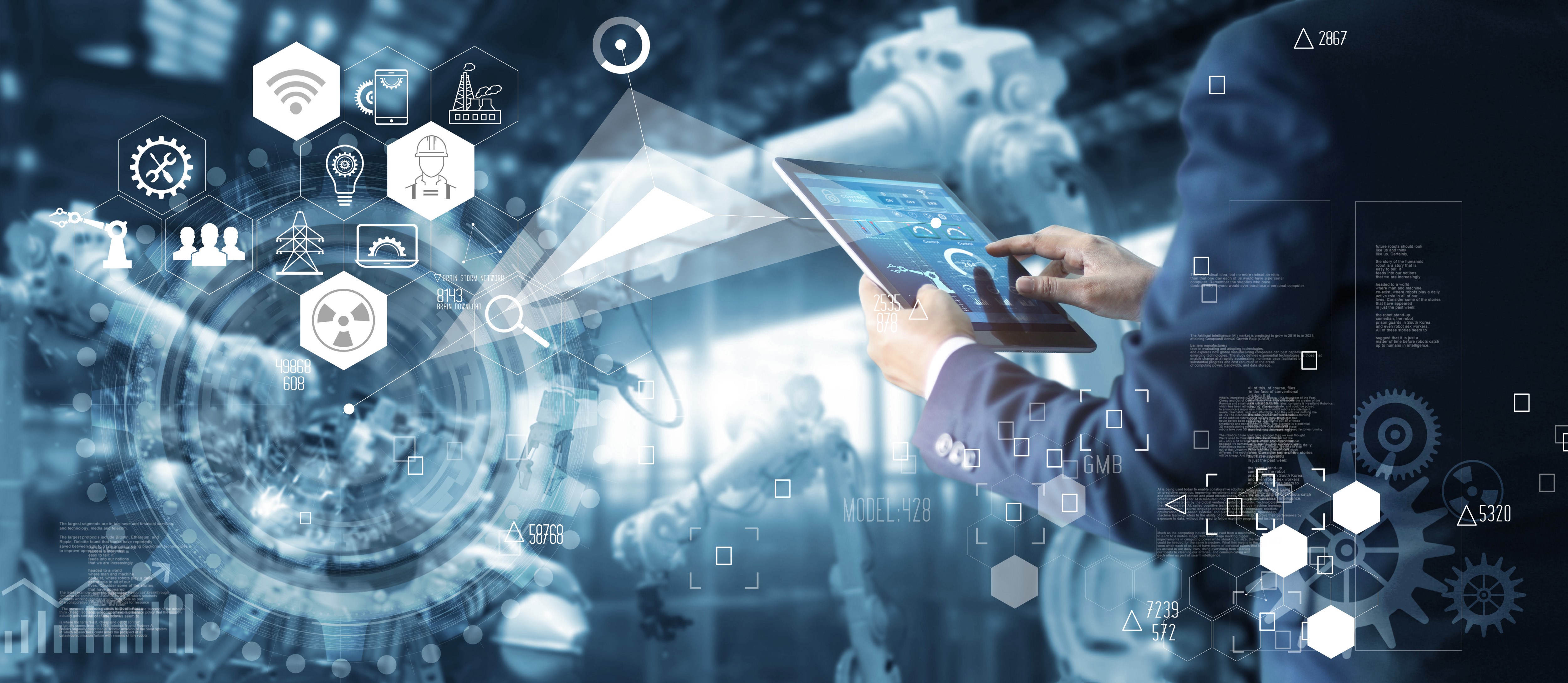
Engineering
Designing a neural network, like any other software, begins with an initial expertise, formalization of the business task and the requirements for the result.
After setting a specific business task and completing project requirement, our team proceeds to the very creation of a neural network: it receives and marks the initial data, encodes them and combines them into a single system. After developing a neural network based on the selected topology, we begin training. Depending on the specifics of the activity, training a neural network can take from 1 week to several months.
For marking frames, we use our own product, similar in functionality to Yandex.Taloka.
Neural network training, as a rule, takes place on video cards according to a pre-prepared and marked sample. For projects we use different experts and specialists based on the general specifics of the enterprise. The curator provides general management for the training and is also responsible for all decisions made by the training team.
After fixing the basic recognition algorithms to the system, we carry out multiple runs, which the corresponding changes are made to the system. The process of verification of learning outcomes and additional consolidation of skills usually takes from 2 to 6 months.
And only after the end of the entire training cycle of the network, we introduce the highly intelligent solution into commercial operation.
Projects with joint ownership of neural networks are especially valuable for us. We are engaged in professional implementation and long-term technical support of our product. For regular customers the most profitable and interesting conditions of cooperation are provided.
An example of an assessment of a project on marking and neural network training:
1. Preparatory work (camera testing, focal length selection, setting the limitary conditions of the problem)
1.1. Marking of 300 frames from 2.8, 3.6 mm cameras, total 600 frames, 3 days
1.2. Neural network training, 10 thousand steps, 1 day
1.3. Testing the model using the validation dataset, 1 day
1.4. Model conversion to Intel OpenVINO, 1 day
1.5. Testing the resulting model in Intel OpenVINO by validation data set, comparing quality and speed with the model before the conversion, 1 day
1.6. Making of a summary report on the speed of the model and quality parameters, compilation of a necessary equipment for performance (cameras, CPU, VPU), 3 days
2. Creating a solution architecture (edge + centralized analytics in DC), 10 days
3. Marking the content, 20 thousand frames, 100 days
4. Neural network training, 5 days
5. Converting the model to OpenVINO, quantization (converting to INT8), 3 days
6. Development of a trajectory analysis algorithm (selecting unique events), 20 days
7. Software development for counting and events uploading
7.1. Receiving and dividing streams (up to 3 pcs.) into frames with frame rate divider using gstreamer / ffserver, 10 days
7.2. Portable interface for configuring connected cameras (zone, addressing, list of sources, transmission parameters in the data center), 30 days
7.3. Event storage (mongoDB/PostgreSQL), 10 days
7.4. REST API for integration, 10 days
Part of the work is carried out in parallel. Timing of particular stages can be reduced by increasing the number of executors.
The final terms of implementation of this project are 3 calendar months.
Back to main page